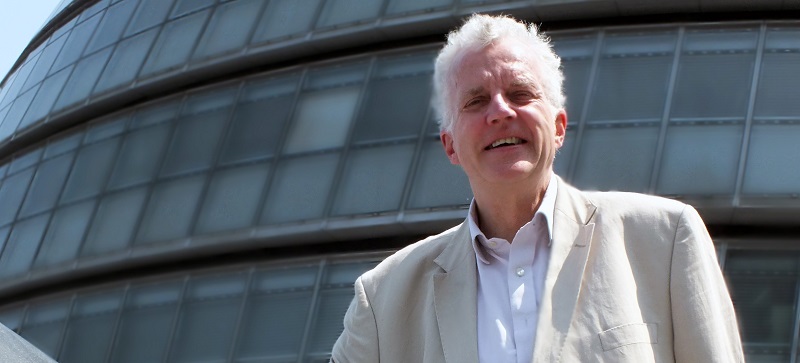I have always been rather stumped by the suburban question. When I have been on phone-ins about transport policy, the inevitable point comes up that it is all very well to advocate better public transport but it is impossible to provide it without requiring massive subsidy and therefore it is inevitable that people will jump in their cars.
I have always suspected that there is a good rebuttal to this bit of so called conventional wisdom, but I have never managed to put my finger on it. Now thanks to a book which ought to become as celebrated and influential as Jane Jacobs’ work on cities or the famous San Francisco study by Appleyard, I have the answer. And, to paraphrase, Tony Blair, its policy, policy, policy and not density.
The book, Transport for suburbia, beyond the automobile age (Earthscan) by Paul Mees should be the essential primer for all transport planners. It debunks a lot of myths, not least the notion that it was General Motors which accounted for suburban rail and tram travel in US cities. The company may have helped the process along, by buying up tram companies, but it was the mistakes and the automobile-focussed vision of the policymakers which was crucial in shifting people out of public transport and into cars.
And that is the crucial lesson. Mees takes us on a world tour from A to Z, the contrasting policies of Auckland in New Zealand and Zurich in Switzerland. In Auckland, public transport worked well until the planners decided on a policy of building freeways rather than investing in rail and bus, creating an ‘autopia’ from which the city is still suffering today. Zurich, in contrast, has public transport services that are the envy of the world. Even people living in outlying villages can easily access the network through regular bus services that interconnect with train services, which themselves are coordinated in such a way that interchange becomes hassle-free – the conventional notion that interchanges are a deterrent to public transport use is debunked, as changing trains or buses or modes is fine as long as the transfer does not cause undue delay.
The Zurich situation did not happen by accident. Back in the 1980s services were deteriorating as a result of lack of coordination between different bodies, but in 1990, following a referendum, the whole travel to work area was brought under one public transport administration with the powers to standardise and integrate services.
Ah, but naysayers will argue, it is all down to density. Public transport is unsustainable in low density areas. Not so. Zurich is not particularly densely populated. Density, Mees argues , has often been misrepresented because figures which have been used relate purely to an administrative area and not the overall built-up parts of a conurbation. Therefore, in many cases density has been wrongly calculated. Los Angeles, that public transport hell where 91 per cent of journeys are by car, for example, is broadly as densely populated as Copenhagen or Oslo, cities which have mode shares that are almost the mirror opposite.
The solution by many politicians, notably Boris Johnson, is to adopt a balanced approach, investing in both public transport and highways, and arguing that both modes are equally valid. In fact, this never works. Balanced approaches are a sham as ultimately unless public transport is actively favoured, it goes into a self-perpetuating decline from which it is impossible to rescue.
As well as adopting actively pro-public transport solutions, local authorities must have the powers to control transport undertakings in their area. Integration, that oft misused term, is key. Mees cites Leeds as a key example where local bus services compete with rail rather than integrating with it. He quotes the local bus company saying that it would not ‘condone integration with rail’ as that would mean losing lucrative services. Similarly, in Brisbane, millions have been spent on getting people out of the trains and onto buses as they are run by different agencies, a pointless exercise.
Mees suggests that Britain is out on a limb by sticking to the notion that public transport can be delivered through competition and deregulation: ‘Now that New Zealand, the World Bank and the European Commission have abandoned free-market public transport, the notion remains the sole preserve of a small cell of British fundamentalists holed up in Whitehall and free market think-tanks. Unfortunately, the British government still takes its advice on transport policy from within this ideological bunker’.
Mees is no ideologue. He actually criticises the famous Curitiba network in Brazil which is so lauded by transport planners across the world, arguing it is not quite as good as it is often portrayed – although it is much better than in most other similar sized cities. But he is adamant that for an effective public transport, there needs to be integration, public control – not necessarily delivery – and a clear policy framework. None of his findings are rocket science but, instead, reinforce the message that it is all about policy and not density or other structural factors. Is anyone listening out there?
